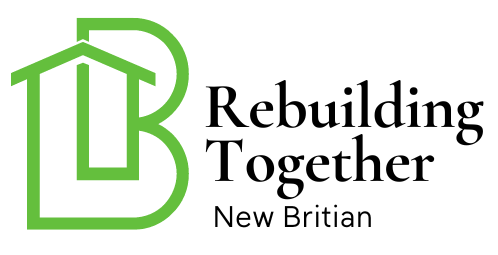Creating an accessible home gym is a fantastic way to ensure fitness is both achievable and convenient for everyone. Whether you are a seasoned athlete or just beginning your fitness journey, having a gym at home that caters to your needs can make a significant difference. In this article, we will explore various tips and ideas for setting up an accessible home gym that is both affordable and effective for people of all abilities.

Importance of an Accessible Home Gym
The value of an accessible home gym extends beyond convenience. It offers a personal space where you can work out at your own pace and on your own terms. This is particularly important for individuals with disabilities, who may find traditional gyms challenging due to accessibility issues. A well-designed home gym can provide the accessibility needed to maintain a consistent fitness routine.
Choosing the Right Space
Finding the right space in your home for your gym is critical. Ideally, this space should be open, well-lit, and free from clutter. Consider using a spare room, basement, or even a section of your garage. Ensure there is enough room to move comfortably and that the flooring is suitable for exercise to prevent injuries.
Essential Equipment for an Accessible Home Gym
When it comes to equipment, less is often more. Start with basic pieces that offer versatility:
- Resistance Bands – Great for strength training without the need for bulky equipment.
- Adjustable Dumbbells – Space-saving and adaptable for various exercises.
- Exercise Mat – Provides comfort and stability for floor-based exercises.
- Stability Ball – Ideal for improving balance and core strength.
For those with limited mobility, consider equipment like hand cycles or recumbent bikes, which provide cardiovascular workouts while seated.
Designing for Accessibility
Ensure that your home gym is accessible by incorporating features such as wide doorways and smooth flooring transitions. Equipment should be organized in a way that allows easy access and maneuverability. Consider adaptive tools like grips, handles, and attachments that can be added to standard equipment to make them more user-friendly.
Incorporating Technology
Technology can play a vital role in making your home gym more accessible. Voice-activated devices can help control your exercise environment, such as adjusting lighting or music. Smart fitness equipment that connects to apps can track progress and offer personalized workout suggestions.
Creating a Motivating Environment
A motivating environment is key to maintaining a regular workout routine. Decorate your gym space with inspiring quotes, bright colors, and adequate lighting. Ensure the room is well-ventilated and consider adding a sound system to play your favorite workout music.
Safety Considerations
Safety should always be a priority in any gym setting. Ensure that your equipment is maintained and that the space is free from hazards. Installing mirrors can help you monitor your form during exercises, reducing the risk of injury.
Adapting Workouts for Different Abilities
Adaptability is crucial for an accessible home gym. Ensure your workouts are tailored to your abilities. Work with a fitness professional if necessary to develop a program that meets your needs and goals.
Staying Motivated
Staying motivated can be challenging, but setting clear, achievable goals can help. Track your progress and celebrate milestones. Consider joining online fitness communities for support and encouragement.
Budget-Friendly Options
Creating an accessible home gym does not have to break the bank. Look for second-hand equipment, take advantage of sales, and consider DIY solutions for storage and organization.
Accessible Home Gym for Families
If you have a family, involve them in your fitness routine. Create a space that everyone can enjoy and include activities suited for all ages and abilities. This not only promotes a healthy lifestyle but also strengthens family bonds.
Maintaining Your Home Gym
Regular maintenance of your home gym equipment is essential to ensure longevity and safety. Clean and check your equipment regularly, and repair or replace items as needed.
External Resources
For more information on creating an accessible living space, visit Caring Village’s guide on ADA requirements.
Internal Resources
Explore more about making your home more accessible with articles like Automated Blinds for Accessibility and Motion Sensor Faucets.

FAQs
What is the best space for a home gym?
Choose a space that is open, well-lit, and free of clutter. A spare room, basement, or garage section can be ideal.
What equipment do I need?
Start with versatile equipment like resistance bands, adjustable dumbbells, an exercise mat, and a stability ball.
How can I make my gym more accessible?
Incorporate wide doorways, smooth flooring, and adaptive tools. Use technology like voice-activated devices for added convenience.
This article contains affiliate links. We may earn a commission at no extra cost to you.

